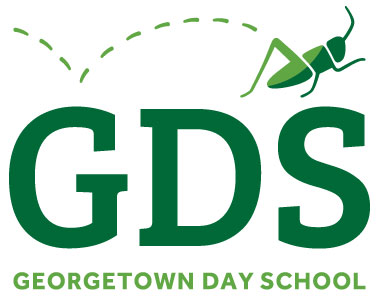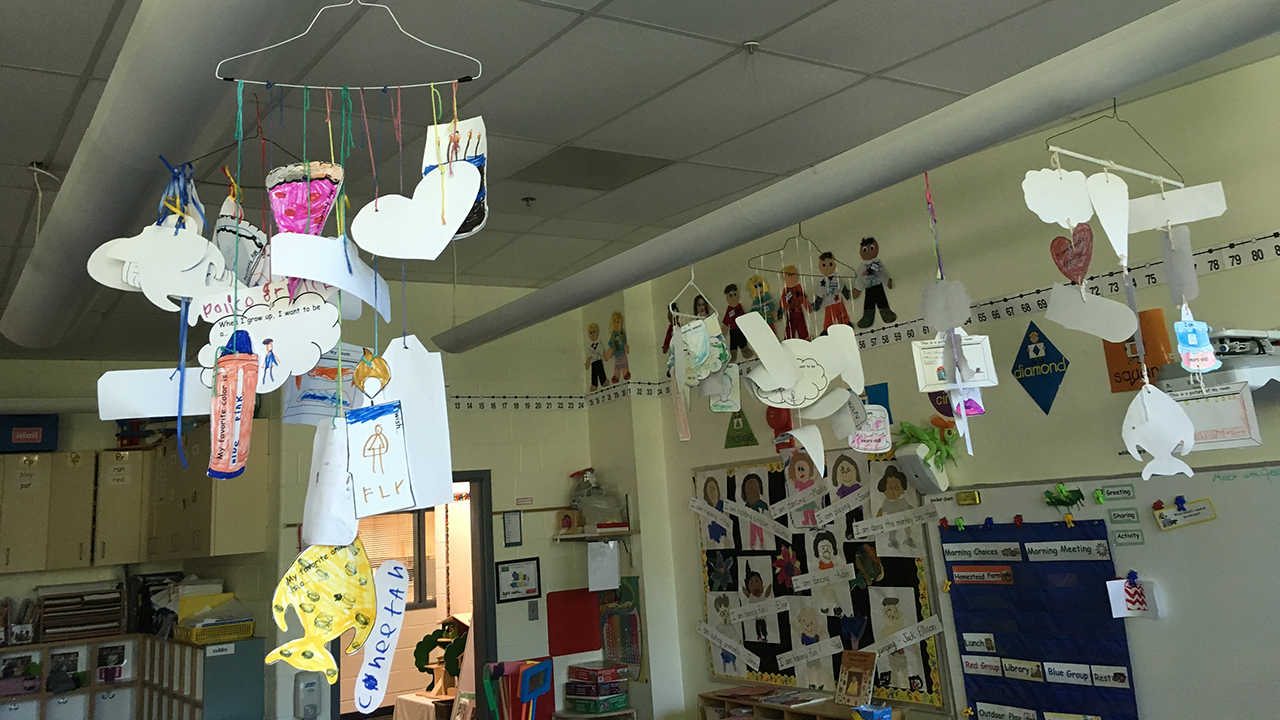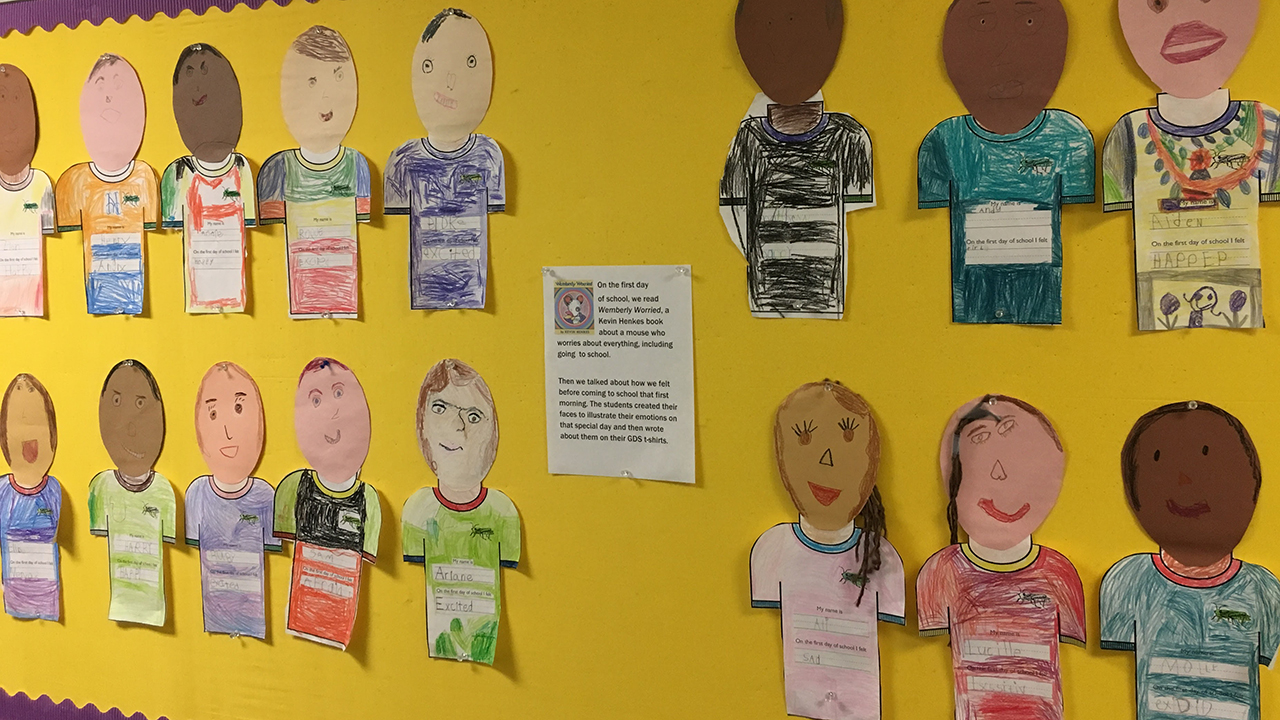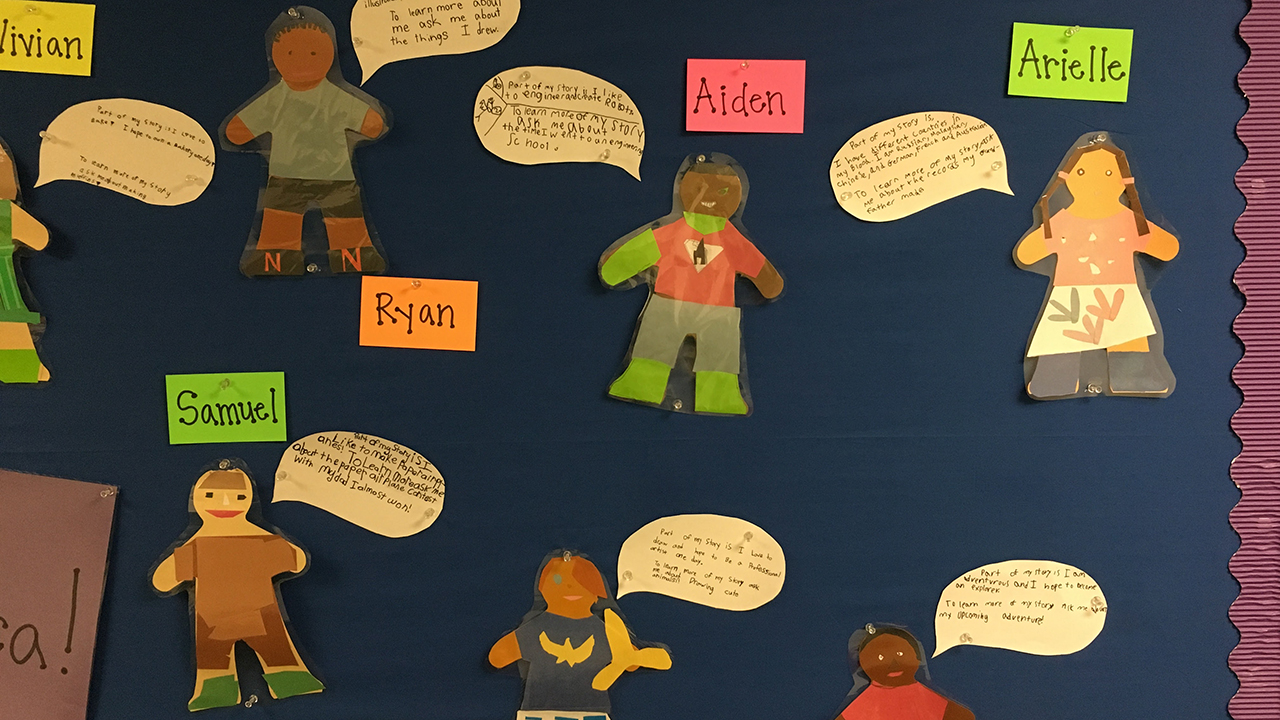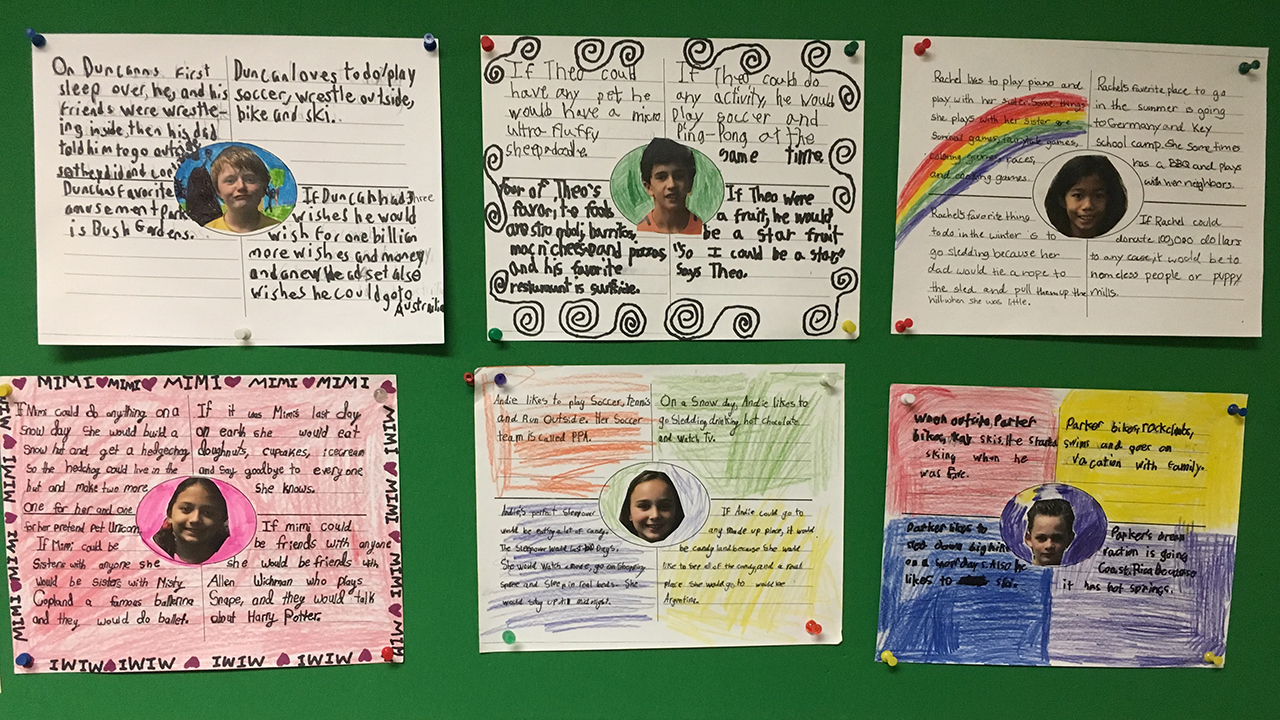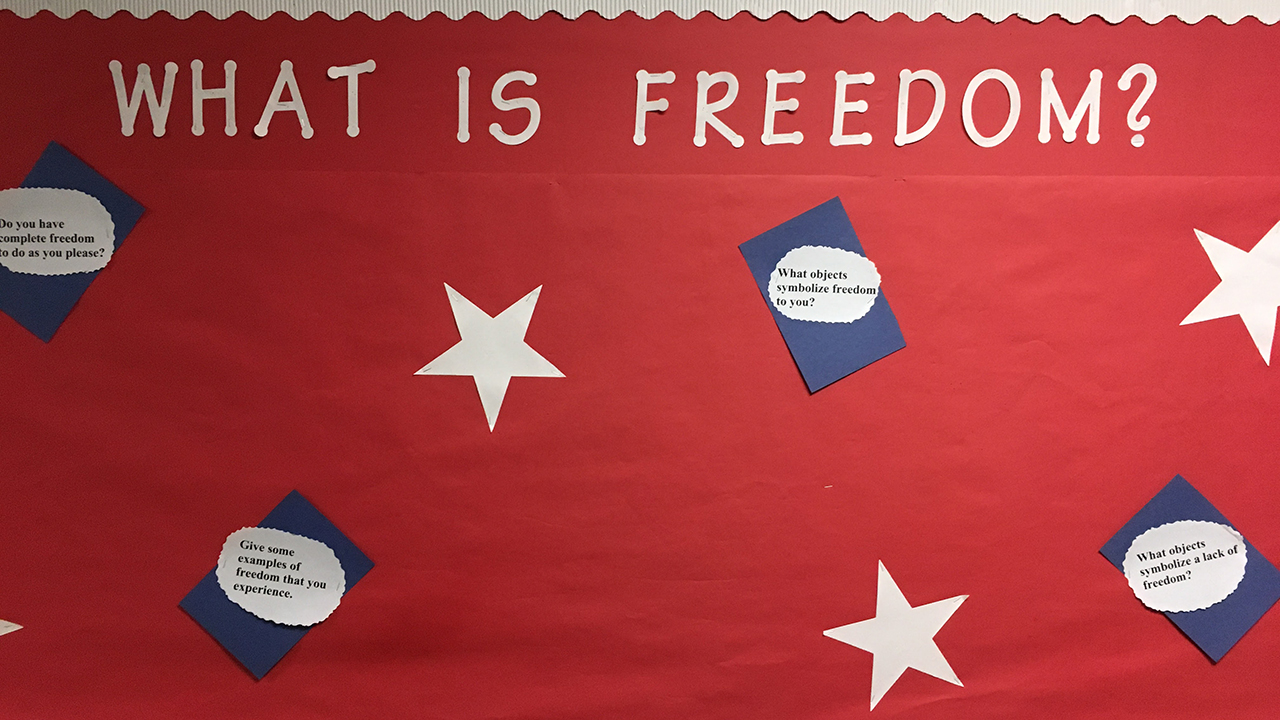On a Tuesday morning, I found myself in a Lower School classroom, dancing in the middle of a morning meeting circle—an integral part of their greeting for the day.
All of the students and teachers took turns chanting the greeting, cheering on one another, and choosing a dance to perform. After we finished our greeting, students took turns sharing about the different members of their family; they then had the opportunity to ask questions and make connections to their own families. As I looked around the room at the children sharing this wonderful moment, I could not help but think how lucky our students are at Georgetown Day School to share experiences like this to start off their day.
This is something GDS has known since our founding: School must be about more than achieving academic success. A positive, holistic, experience encourages students to see learning as exciting, fun, and interesting. What’s more, building connections between students and teachers—and from student to student—builds trust and a sense of belonging. Without these connections, school can become a challenge for students to navigate rather than an engaging experience. As educators, we know that there is a clear relationship between our students’ abilities to engage in our academic program, and the social and emotional experiences of their school day.
In our Lower School classrooms, teachers and students connect with one another in a variety of ways:
Morning Meeting. During morning meeting, teachers and students come together to connect with one another and begin their day on a positive note. Each meeting has four parts: greeting, sharing, group activity, and morning message. Engaging in these activities helps students get to know one another, gives them a chance to share about themselves, builds trust, and primes them for academic engagement.
Hopes and Dreams. Students spend time thinking about what their hopes and dreams are at the beginning of the year. Helping them frame their goals is deeply meaningful to both the student and the teacher. Knowing this information about their students allows teachers to provide the support, strategies, and encouragement their students need to accomplish their goals. For the children, it allows them to build trust with their teachers and know both that our school is a safe place and also that they are important members of the classroom community.
Learning about our students. There are many things we do to connect our students as individuals to their learning.
- Pre-kindergarteners create a “me box,” and kindergarteners create a “me mobile,” detailing important things about themselves, which they present to their classmates and teachers.
- First graders learn that the best stories to tell are often their own when they start their first “writer’s workshop.”
- Second grade homework asks students each week to identify a topic of interest to them, and dive into the topic to share their findings with their peers.
- Third grade students create mixed media self-portraits and write teasers inviting others to ask them about their personal stories, providing an opportunity to affirm and celebrate the rich diversity in their grade.
- Fourth graders create “character trait wheels” to understand more about themselves and learn about their classmates.
- In fifth grade, students begin the year reflecting on freedom and its individual meanings with their classmates.
We know that a strong relationship between students and teachers is incredibly important and it is a hallmark of GDS’s holistic approach to education.
Providing ongoing opportunities for our students to make connections with their classmates and teachers creates a richer school experience. Fostering a sense of belonging in each individual enables them to engage in our academic program in a safe, welcoming, environment—allowing GDS to realize our mission of fostering a lifelong love of learning.
